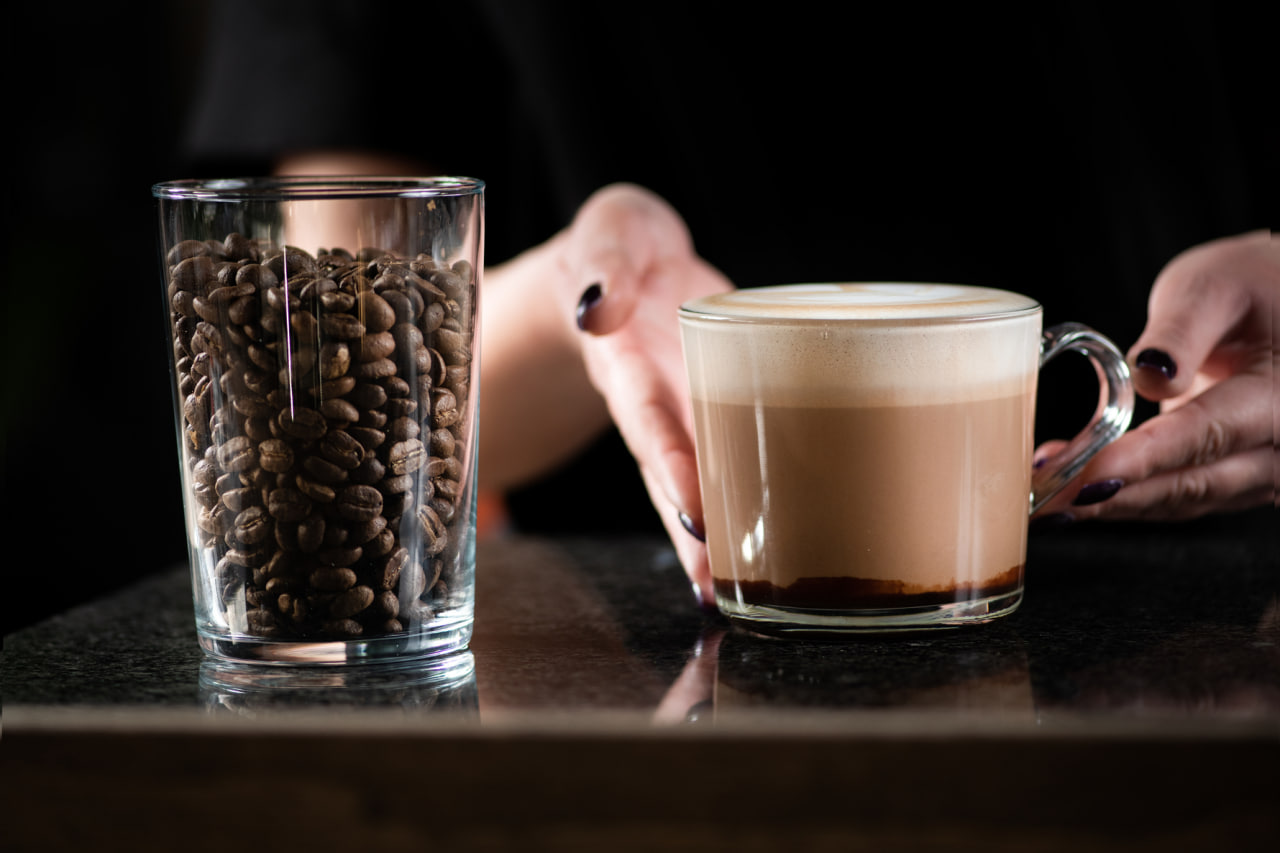Espresso is the foundation of modern café culture — a bold, concentrated form of coffee that serves as the base for drinks like lattes, cappuccinos, and flat whites. But behind that small cup lies a world of precision, chemistry, and control. Brewing espresso is not guesswork; it’s a carefully balanced system where every variable matters.
In this article, we’ll explore the science behind espresso and break down what it really takes to extract the perfect shot — consistently and with purpose.
What Is Espresso, Really?
Espresso is a brewing method that forces hot water through a compact puck of finely ground coffee at high pressure — typically 9 bars. Unlike manual methods that rely on gravity and time, espresso compresses the process into about 25 to 30 seconds, delivering a small but intense shot of flavor, aroma, body, and crema.
It may look simple, but espresso is a highly sensitive system. Slight changes in dose, grind size, temperature, or pressure can drastically change the final taste.
The Core Variables of Espresso Brewing
To understand what makes a great shot, let’s break down the essential elements that must be in harmony.
1. Dose
The dose refers to the amount of dry ground coffee used in the portafilter. Most standard espresso recipes call for 18 to 20 grams for a double shot. A precise dose is critical because it affects resistance, flow rate, and extraction level.
Too much coffee (overdosing) can lead to a slow, over-extracted shot with bitter flavors. Too little (underdosing) might cause a fast, under-extracted shot with sour or watery notes.
2. Grind Size
Grind size is one of the most sensitive variables. Espresso requires a fine grind, similar to powdered sugar. If your grind is too coarse, the water will flow through too quickly, resulting in a sour or weak shot. If it’s too fine, the flow will choke, producing bitterness and astringency.
Finding the right grind means balancing flow rate and extraction — and making micro-adjustments depending on the coffee, humidity, and machine.
3. Tamping
Tamping compresses the coffee puck to create uniform resistance against the water pressure. A good tamp is level and firm — around 30 pounds of pressure — but consistency is more important than force.
Uneven or weak tamping can cause channeling, where water finds the path of least resistance and extracts unevenly. That leads to mixed flavors, weak body, and wasted potential.
4. Brew Ratio
Espresso brewing is often measured by the ratio of coffee input to liquid output. A typical ratio for a double shot might be 1:2 — for example, 18 grams in, 36 grams out. This determines the strength, texture, and balance of the espresso.
A shorter ratio (ristretto) results in a more concentrated, syrupy shot. A longer ratio (lungo) is milder but can dilute clarity.
5. Time
Time ties everything together. A balanced espresso should extract in 25 to 30 seconds. If your shot is too fast, you’re likely under-extracting — the water didn’t have enough contact with the grounds. Too slow, and you may be pulling out excessive bitterness and a dry finish.
Time is your indicator, not your goal. It reflects how well your dose, grind, and tamp are working together.
6. Water Temperature and Pressure
Espresso is brewed at around 90–96°C (195–205°F). Water that’s too hot will extract harsh compounds; too cool, and you risk flat, sour flavors. Most machines use thermostats or PID controllers to maintain temperature stability.
Pressure — usually set at 9 bars — helps extract oils, emulsify solubles, and create crema. Fluctuations in pressure during the shot can affect texture and intensity.
The Anatomy of a Perfect Shot
When all the variables align, a well-pulled espresso shot should have:
- Crema: A golden, persistent foam on top that signals freshness and proper emulsification.
- Aroma: Rich and complex — sweet, nutty, floral, or chocolatey depending on the bean.
- Body: A velvety, syrupy mouthfeel that coats the palate.
- Flavor: Balanced acidity, sweetness, and bitterness with no dominating flaws.
- Finish: A clean aftertaste that lingers pleasantly.
Every espresso should be both intense and elegant, revealing the bean’s origin and roast without masking it.
Dialing In: The Daily Ritual
No two coffees behave exactly the same. Every morning, professional baristas dial in their espresso recipe — testing dose, grind, and yield to suit the specific beans in the hopper. This isn’t just habit; it’s quality control.
Dialing in involves:
- Measuring your shot times and weights
- Tasting and analyzing the result
- Adjusting grind or dose as needed
- Repeating the process until balance is achieved
It may take 2 to 5 test shots before the espresso is ready to serve. That’s why espresso bars treat dial-in as part of their workflow, not an afterthought.
Common Problems and Fixes
- Shot too fast: Grind finer, increase dose, or tamp firmer.
- Shot too slow: Grind coarser, decrease dose, or check for channeling.
- Sour or sharp taste: Under-extracted — try a finer grind or longer brew time.
- Bitter or hollow taste: Over-extracted — try a coarser grind or shorter ratio.
- Uneven crema: Could be stale beans, channeling, or poor tamping technique.
Consistency comes with practice and attention to detail — not shortcuts.
Why Espresso Matters
Espresso isn’t just another brewing method. It’s a skillset. A language. A way to extract intensity, nuance, and beauty from a tiny amount of coffee.
It also forms the foundation of nearly every espresso-based drink. If you can master the fundamentals of a straight shot, everything else — from milk steaming to latte balance — becomes easier and more precise.
At Artisan Coffee School, we train baristas to think like scientists and taste like artists. Our espresso courses combine hands-on training with deep theory, helping students decode the mechanics and refine their craft with intention.

